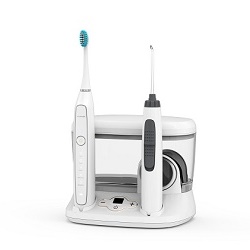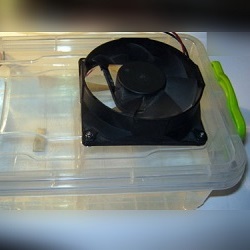Sterilization tools in cosmetology
Regardless of which salon you came to, master cosmetologists are obliged to observe the basic rules of safety and hygiene. Namely, to constantly sterilize and disinfect all the instruments that you have to work with during the day. Sterilization is a very important step in any cosmetic procedure. For this purpose, special sterilizers are used in cosmetology, which will be discussed below.
Content
Features of the procedure
Prior to the widespread use of sterilization technology in the beauty and medicine industry, it was mainly used boiling. The necessary equipment (for example, combs, nail files, scissors, tweezers) was placed in boiling water and kept under high temperature for at least 30 minutes.During this time, a layer of pollution and plaque, including all sorts of bacteria, was removed from the surface of the instruments. However, further the disinfection process lost its meaning. After all, when drying with napkins or a towel, the microbes could again get on the just boiled appliances.
Then more and more they began to introduce sterilization, that is, the process by which the complete destruction of the pathogenic bacteria, pathogenic microbes, spores and fungus occurs. Microorganisms are important to remove in order to prevent their further reproduction. It is believed that sterilization of instruments - one of the most reliable and proven methods of protection against skin infections. It should not be confused with disinfection. When disinfecting, potentially harmful microorganisms are also eliminated, and the risk of infection is reduced, but only to a certain level. But after sterilizing the devices, you can be completely sure that the subsequent use will be safe for health.
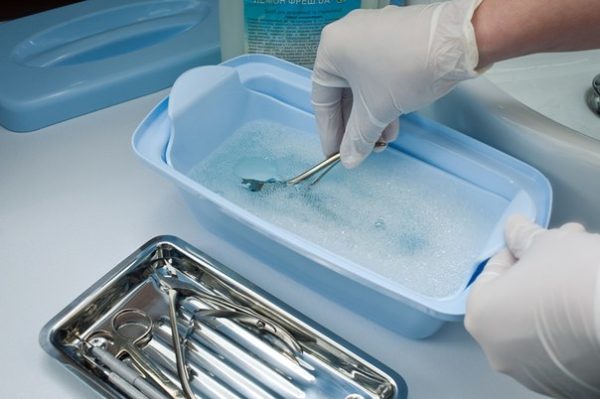
Sterilization is an obligatory stage when performing cosmetic procedures, and the master must approach it with all responsibility.It is especially important to thoroughly sterilize equipment for manicure and pedicure, because with poor-quality cleansing there is a risk of nail fungus formation.
Before sterilization, the instruments should be washed in water or in a special disinfecting solution. This is done with the help of brushes, ultrasonic baths, and small accessories can be cleaned and just hands.
To date, cosmetologists and masters of nail service use two basic methods of sterilization.
- Physical way (using steam, air sterilizers, glass beads heated to a certain temperature).
- Chemical method (mixtures and solutions of chemicals in the right concentration).
Types of sterilization and sterilizers
Steam room
Most often in medical institutions and cosmetology clinics used steam sterilization. With this method, tools are affected. hot steam (130-135 ° C) with a pressure up to 3,5 Bars. Processing is carried out in an autoclave.
Two classes of autoclaves are distinguished - class N and class B. Their principle of operation is generally similar, but there is no vacuum pump in the N-class autoclaves (unlike B).Thus, equipment can be sterilized in it in an open, unpacked state. But if you have to deal with instruments that are in packages or have cavities and locks, then an autoclave of standard B (i.e. with the ability to create a vacuum) will do.
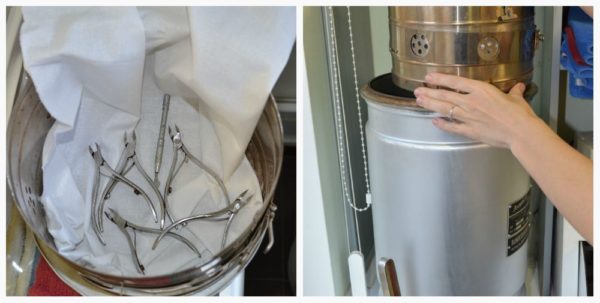
Autoclaving is a very efficient and fast method of sterilization, however it is very rarely used by owners of beauty parlors because of the high price and high expenses for expenses. In essence, the action of the autoclave is reminiscent of how it works. steamers The sterilization itself in this case takes 15-20 minutes. The steam, which is under slight pressure, completely eliminates all contaminants from the surface of the tools, leaves no sediment and does not have a harmful effect.
The water used for the autoclave must be exclusively distilled.
Dry Heat
The technology of operation of this sterilizer is quite simple: tools are placed for an hour or two (depending on the number and size) inside the cabinet, which resembles an ordinary oven. The temperature inside the sterilizer must be not less than 180º С. To reduce the time of the procedure, expose a higher temperature - up to 250ºС.
Such sterilizers cheaper autoclaves, however, have several disadvantages.The most significant - dry burning air dries out the cells of microorganisms, as a result, they are not completely destroyed: the process of destruction of bacteria cells slows down. For example, fungus and spores after the action of a dry-heat cabinet die only after 10 hours.
Dry Heat Sterilizer It has a detrimental effect on tools made of steel and other metals. A product made of plastic is completely prohibited to sterilize in this way.
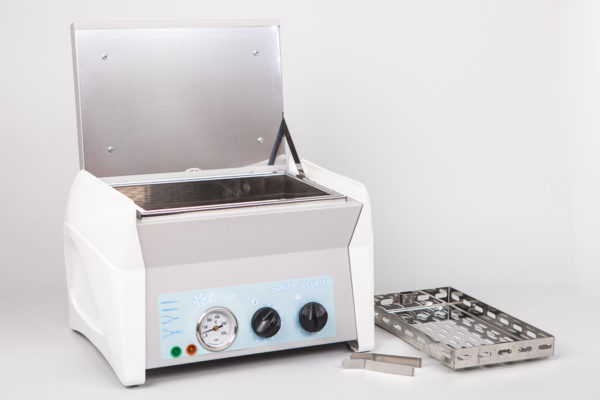
Glossper
Initially actively used by dentists. The main difference from the previous sterilizers is the very fast processing speed of the instruments (from 20 seconds to 3 minutes). Very compact and suitable for the smallest tools.
Glasperlenovym it is not named accidentally: in translation from German “glasperlen” means “glass beads”. The sterilizer itself is really a small container with balls of quartz inside.
Balls can heat up to about 240ºС. However, due to the small size of the container, it will be possible to immerse in such a sterilizer either the tiniest tools, or only a part of them. Therefore, devices with cavities, locks or tightly packed are excluded.
Cost of glossper sterilizer it is not high, because it is popular among the masters of nail service: after all, the manicurist’s tools do not usually contain large items for work. The disadvantages include the limited action and the need for regular replacement of quartz beads (about once every six months).
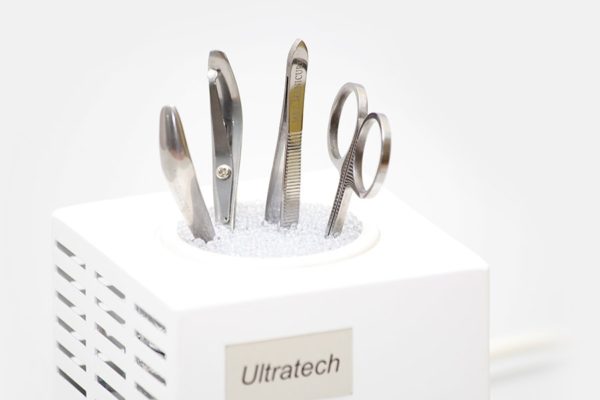
Ozone
Cold sterilization is very rarely used in the field of cosmetology: primarily because of the long process (5-6 hours), large equipment and the complexity of the process. It is worth noting the harmful effects on the environment. Ozone itself, according to scientific research, is one of the most effective destroyers of pathogenic bacteria and viruses.
Cold sterilization is mainly used in medicine, namely in dentistry, oral and maxillofacial surgery, traumatology.
UV
A common misconception of many beauty salon owners is that a UV lamp can perform the sterilizer function. In fact, boxes with ultraviolet radiation can only store the tool, preventing the reproduction of pathogenic organisms.By and large, they disinfect objects, but they do not destroy bacteria, like other more impressive sterilizers.
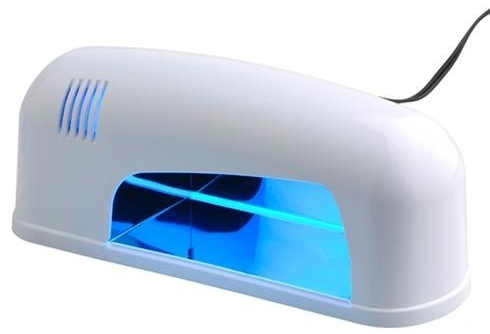
Chemical sterilization method
This method involves immersing the objects to be sterilized. in solution a certain chemical. When interacting with the reagent is the complete destruction of bacteria. It will take a long time to soak the tools in the chemical composition: from an hour to three.
Chemical substances are usually hydrogen peroxide (with a concentration of 6%), Deoxon-1, glutaric aldehyde, Sidex. All of these compounds have pronounced toxic properties, and working with them, you need to be extremely careful.
When performing chemical sterilization, it is necessary to remember the rules of safety: wear gloves, a dressing gown, a mask, keep eyes and skin.
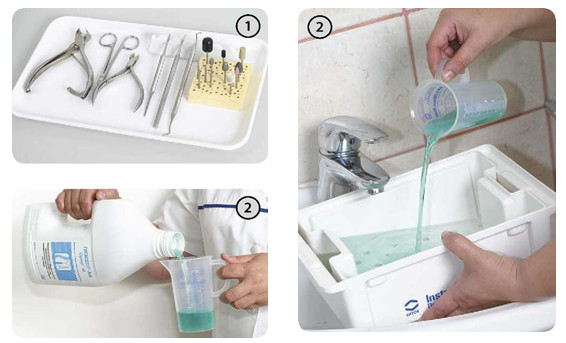
What to fear in the office beautician
Often, visitors to beauty salons complain of suspiciously fast and poor-quality tool processing after a previous client. Indeed, sometimes manicurists and cosmetologists simply wipe their work tools with an alcohol solution.This is unacceptable, because an ill-treated nail file or scissors can catch an infectious disease, for example, a fungus, a staphylococcus, or even worse.
Beauticians conducting procedures with the skin should be extremely attentive. Procedures such as facial cleansing and a variety of injections require the immediate and thorough sterilization of reusable instruments. Sterile should be and work surfaces, and large equipment beauty cabinet. After all, not only the reputation of the salon or clinic itself depends on it, but above all the client’s health.
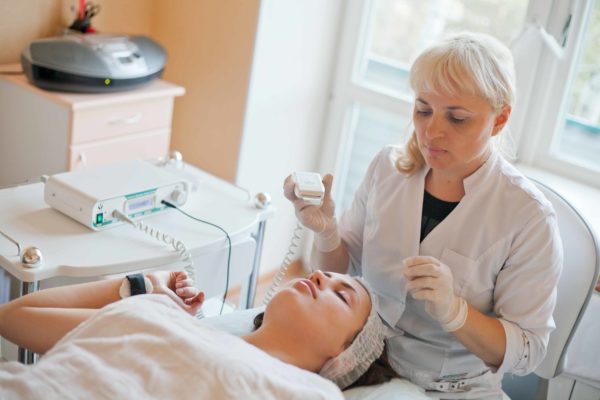
If it is not possible to sterilize tools according to all the rules, disposable materials (napkins, files, cloths, gloves) are used.
Such items are usually not very expensive, but in any case they will be the most reliable and practical solution to the problem.
Conclusion
Choosing a sterilizer that suits all requirements for a beauty salon is no easy task. Usually the method of sterilization depends on the level of the beauty parlor. However, visitors should always pay attention to how the tools are processed, or ask the master directly about this.After all, sterile and disinfected items will not cause any hassle and health problems, and you will leave the beauty salon happy and calm.

/rating_off.png)







